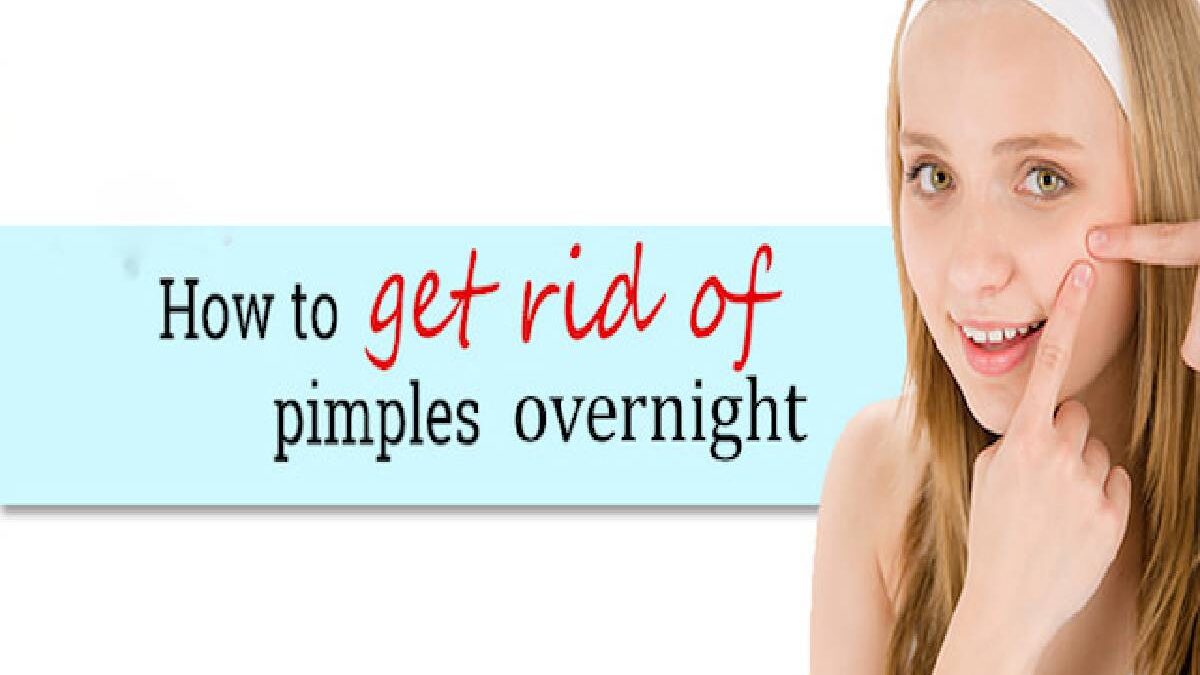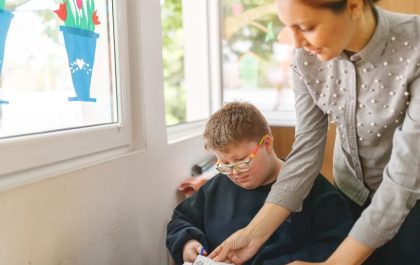Table of Contents
How to Get Rid of a Pimple Overnight
How to get rid of a pimple overnight? Acne – whatever you call it, means the end of your sense of yourself.
It is reportedly affected by about 50 million people in the country each year.
About 85 per cent of people ages 12 to 24 will experience acne in some form.
Whether it’s a single misplaced pimple or consistent, full breakouts.
1.Treat your pimples overnight
You can find a wide range of treatments, and each is effective in its way.
All of them, if applied fast enough, can know how to get rid of a pimple overnight?
The three main ingredients of the treatment that you will find are:
Benzoyl Peroxide:
- Benzoyl peroxide is probably the best known of the acne treatments. It is an antibacterial that can penetrate your pores and specifically target acne.
- However, it is a strong material that can be harsh on susceptible skin.
- It can also bleach clothes, pillowcases, towels, and other fabrics. Benzoyl peroxide can be found in different concentrations.
- But it is always kept at the lowest at 2.5 per cent. Higher concentrations are not more effective.
- And are likely to cause more irritation to dry, flaky skin that will only create more pimples.
Salicylic acid:
- Salicylic acid is a BHA (beta-hydroxy acid) that helps remove dead skin cells better, preventing clogging of pores.
- However, salicylic acid also acts as an anti-inflammatory. It can be much gentler than benzoyl peroxide.
- Although potentially not as effective, particularly on whiteheads.
Retinol:
- Retinol, a form of retinoid, can help unclog pores, promote the removal of dead skin cells, and reduce acne scars.
- However, retinol can be harsh on sensitive skin, potentially more so than benzoyl peroxide.
2. Hydrate
As much as dryness may seem beneficial when it comes to sebum overproduction.
It isn’t good. In the short term, dry skin will force your body to create even more sebum to overcompensate. It is resulting in more pimples.
In the long term, dry skin will cause wrinkles and an aged look to your skin.
Once you’ve let your treatment sink in, it’s time to restore moisture to your face with a facial lotion.
There are more face lotions than anything else on the market but look for a light, odourless cream.
The main word you want to look for on the label is “non-comedogenic,” which is a fancy way of saying that it doesn’t clog pores or cause acne.
Bonus points if the lotion contains any amount of SPF. Apply enough lotion, so your face feels well covered without feeling greasy.
And that’s it! As you develop your regimen, you will likely make adjustments.
But those three steps should always be the foundation. Some things you absolutely must add to your regimen.
Sunscreen:
- All acne treatments make your skin more sensitive to UV rays, which can lead to more pimples.
- But also increases your risk of skin cancer if you plan to be away from home in any capacity.
- For any amount of time, apply a light, non-comedogenic sunscreen to your face and reapply as needed.
Scrub:
- The right scrubs will help your skin further shed dead cells, tone your face, and generally allow for a more even complexion.
- Look for other beta-hydroxy acid and alpha hydroxy acid (AHA) chemical peels, such as lactic acid and salicylic acid.
- And for God’s sake, avoid Ives Apricot Scrub and other “microsphere” scrubs.
- These microspheres are more likely to cause irritation and create micro-tears in the skin (general rule.
- Nothing should be used on the skin that causes any tearing) that increases the chances of scarring and infection and causes long-term damage to the skin.
- These microspheres aren’t good for the environment either. St. Ives apricot scrub. And it is best reserved for exfoliating calluses on the bottoms of the feet.
- You deserve something better. Follow with AHA and BHA scrubs and scrubs.
Face masks:
- Face masks serve various purposes, from adding moisture to providing additional ingredients that your skin might want.
- More than anything, face masks are an easy and affordable way to indulge in a bit of luxury.
- They are relaxing and comforting, which, in their way, is an excellent way to treat yourself and your skin.
Acne and your lifestyle
Along with your diet and regimen, you can do little things in your life to prevent or treat acne.
Don’t touch your face:
Touching or rubbing your face or scratching the pimples only introduces more foreign bacteria, increasing the likelihood of acne and breakouts.
Don’t pop the pimples:
- There is a correct way to squeeze the beans if they look ripe for popping, but most of the time.
- They are best left alone and allowed to go through their life cycle.
- The wrong blowout will only spread more bacteria (conveniently leading to more breakouts) and create scars. They are not popping cystic acne.
Change your pillowcase regularly:
- Think of all the oil, sweat, and drool that collects on your pillowcase.
- Then think about how long your face spends on your pillowcase. Alternatively, you can change clean towels on your pillow every night.
Drink a lot of water:
- Water keeps you hydrated from the inside out and helps your body remove dead skin cells more efficiently.
- It is also a good idea for your overall health. The general rule of thumb is 8 cups of water a day.
- But you can usually get by if you drink a cup of water with each meal and then water when you’re thirsty during the day.



